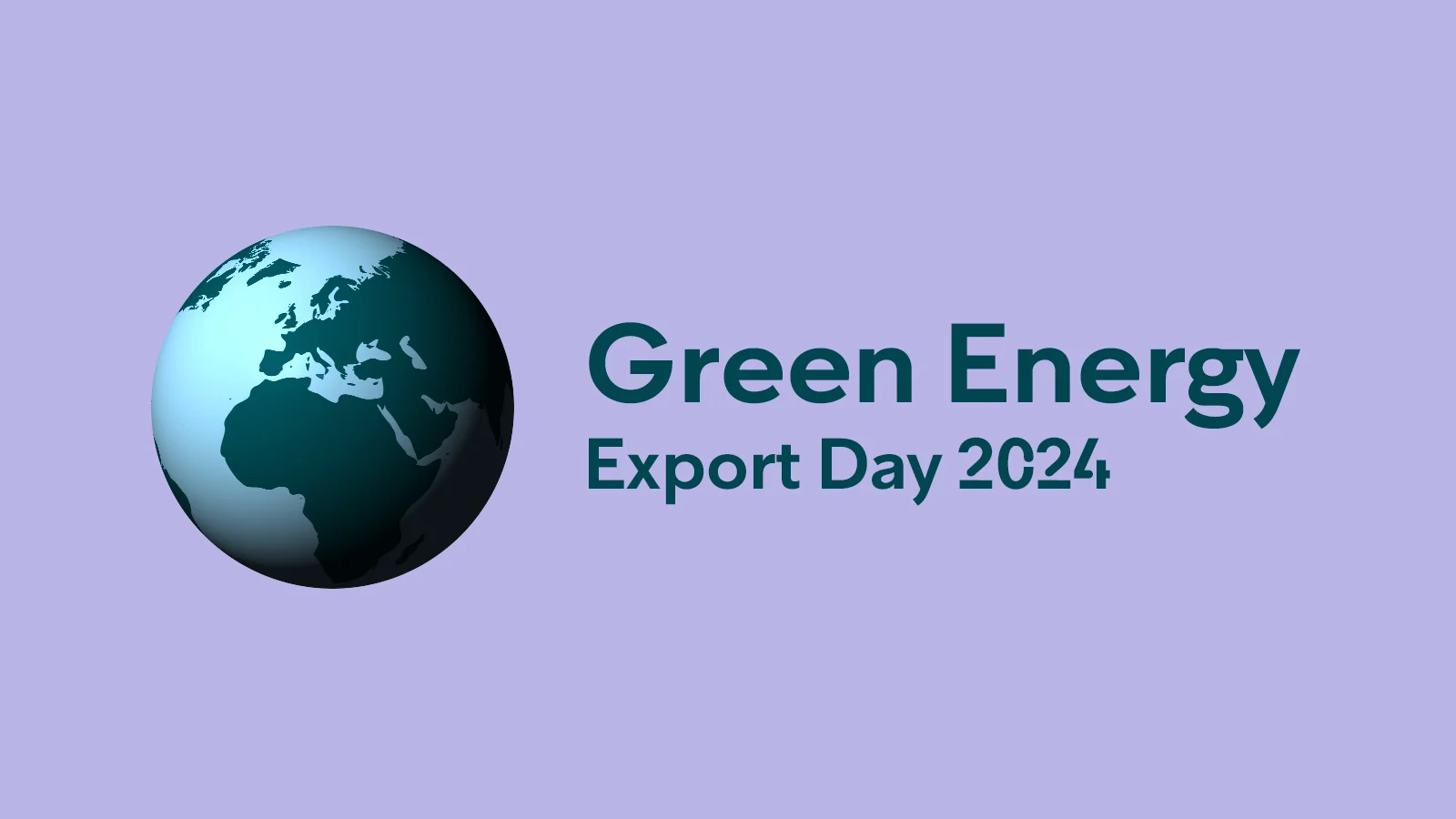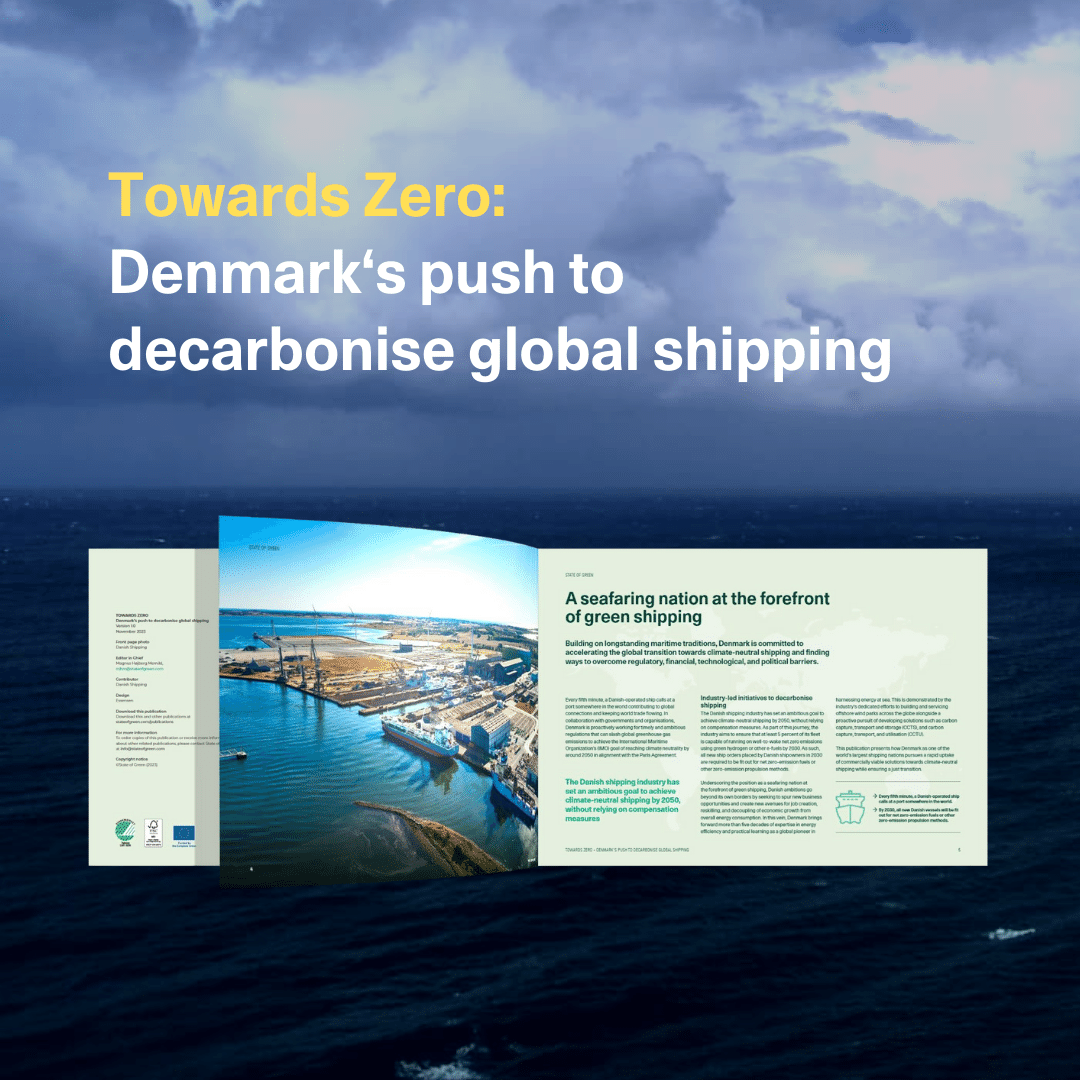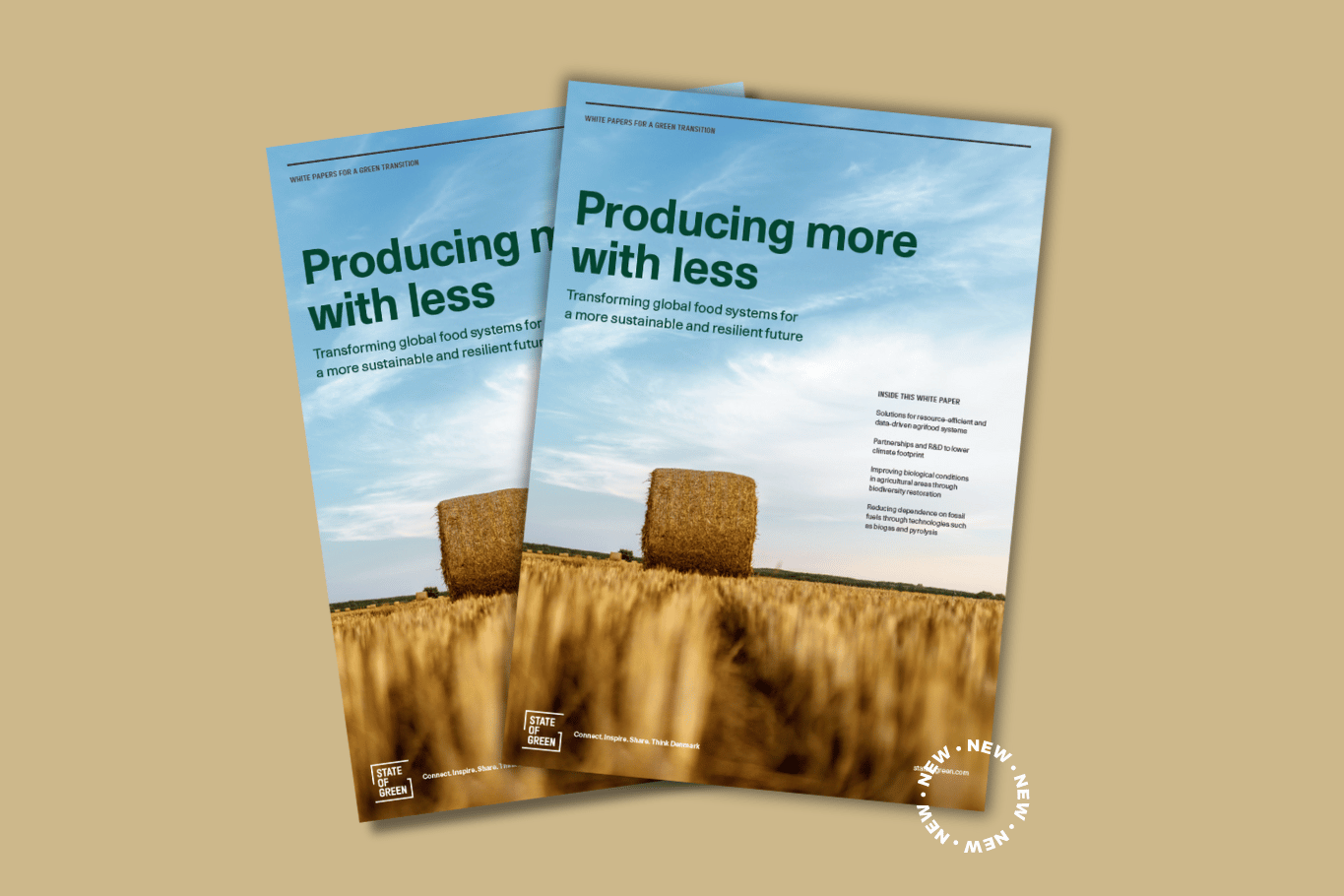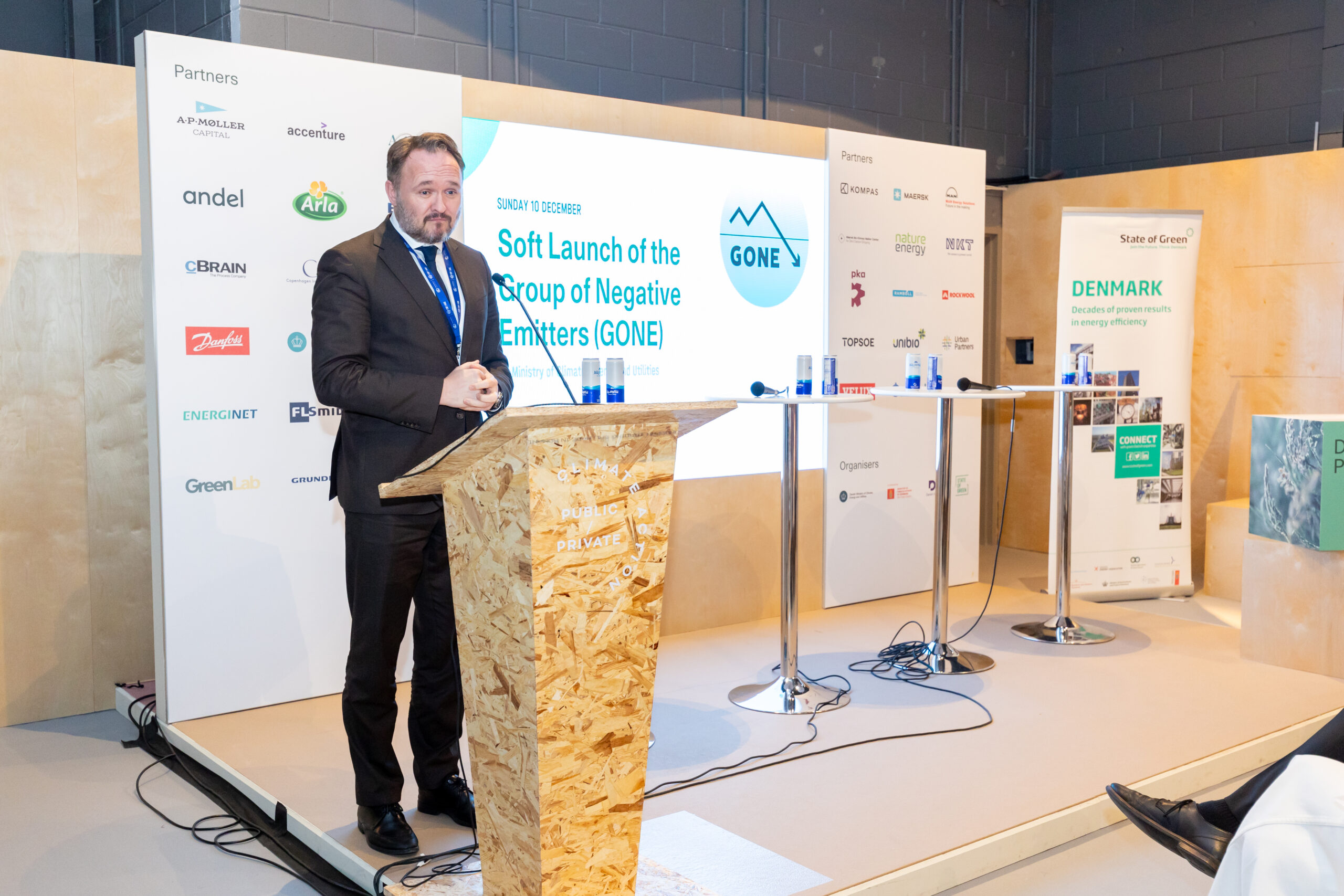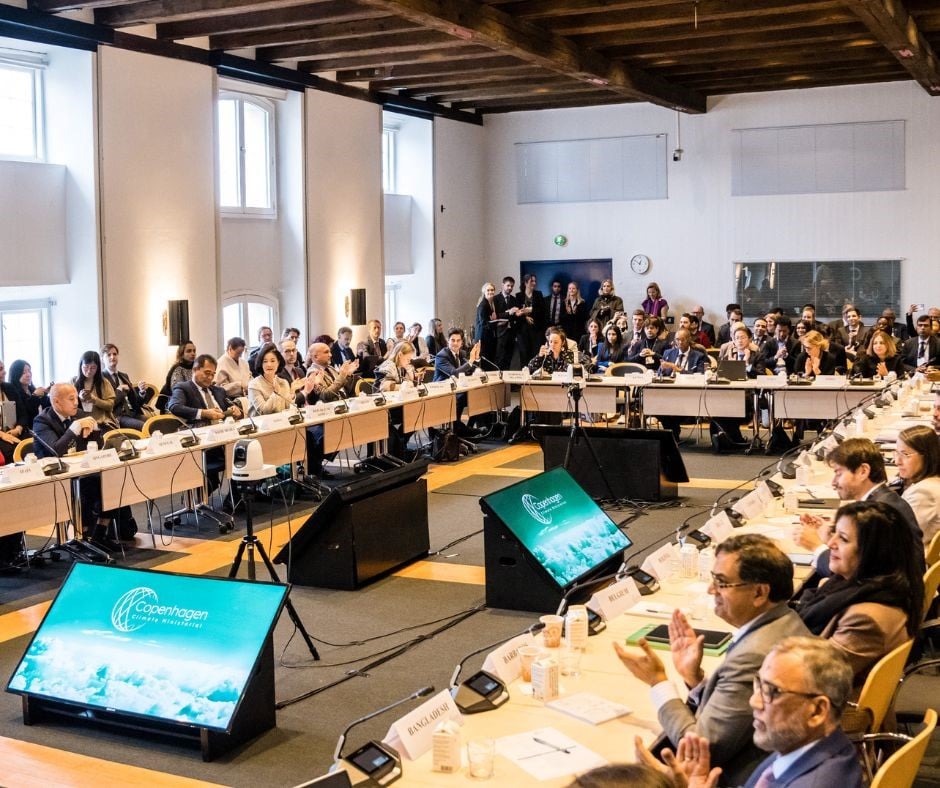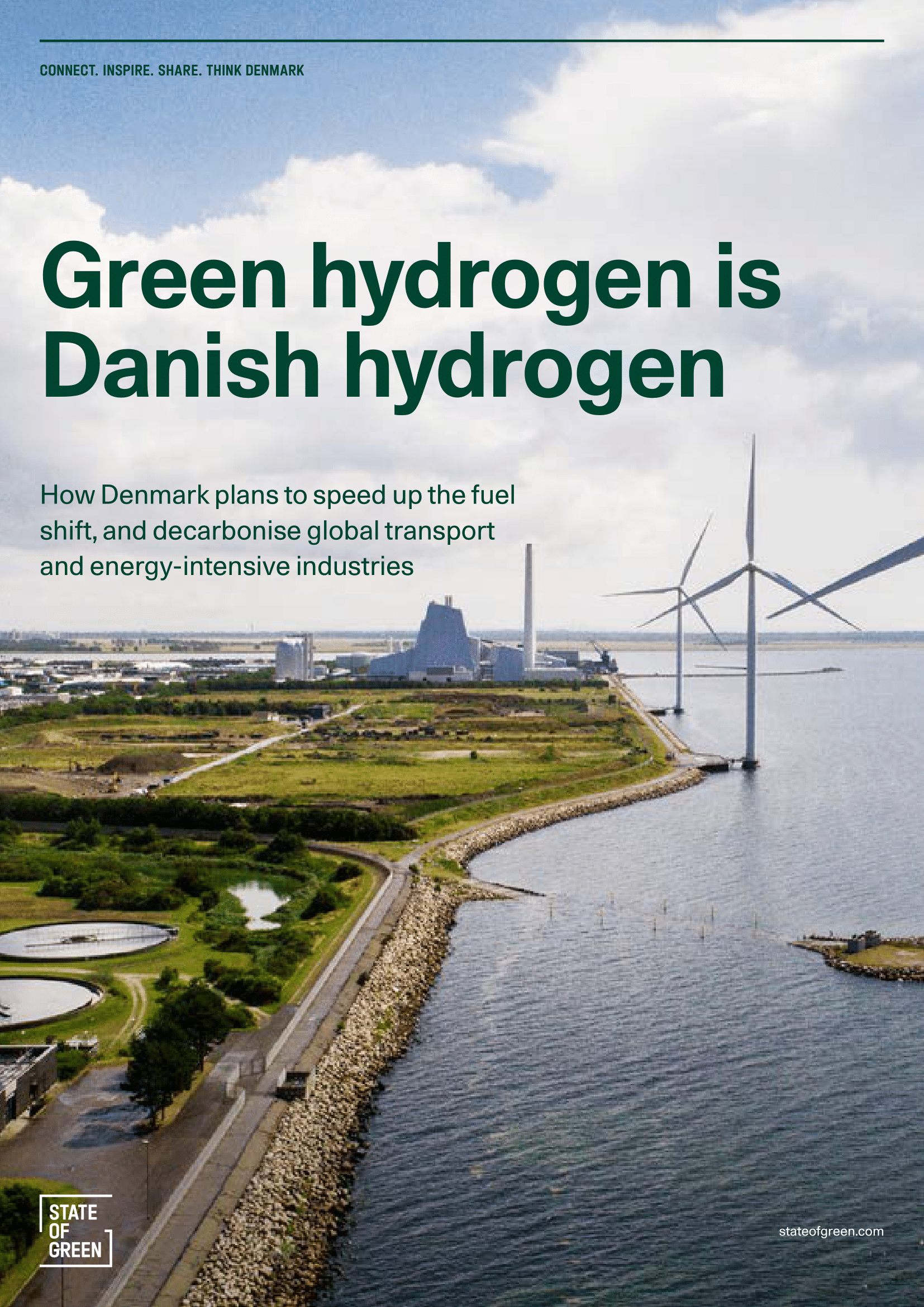News
District heating
Bioenergy
Biogas
+5
Coal, oil and natural gas are soon a part of the past in the Danish electricity and district heating sectors
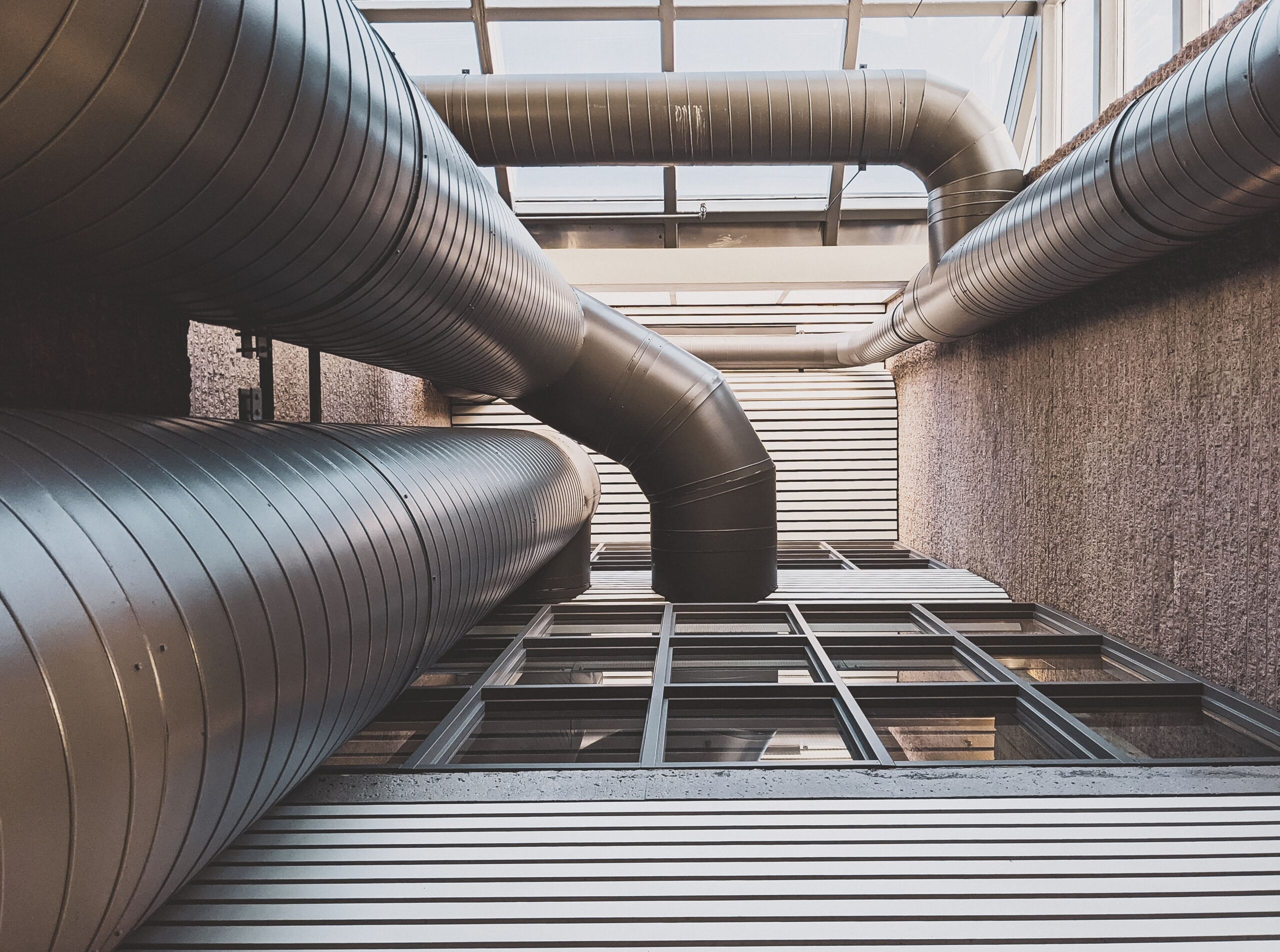

Denmark plans to reduce its total net greenhouse gas emissions from 46.3 million tonnes of CO2e in 2021 to 39.4 million tonnes in 2025, a reduction of 49.8% compared to 1990 levels. By 2030, without additional political initiatives, Denmark is expected to emit 29 million tonnes of CO2e, representing a reduction of 63.1%. These are some of the key findings in the Climate Status and Projection 2023 (in Danish) published by the Danish Energy Agency on 28 April.
Significant shifts across sectors
10-15 years ago, electricity and district heating sectors, excluding waste incineration, typically accounted for 30-40% of Denmark’s total emissions of greenhouse gases. Since then, the sectors’ emissions have fallen rapidly. The Danish Energy Agency expects that the electricity and district heating sector’s share will have fallen to 3% in 2025, and to less than 1% of the total net emissions in 2030, corresponding to 0.1 million tonnes of CO2e.
As the electricity and district heating sectors decrease their emissions, other sectors increase their share since they aren’t reducing their emissions at the same pace. By 2025, emissions from agriculture, forests, horticulture, and fishing are predicted to account for 44% of total emissions, up from their previous contribution of one-fourth. The share is estimated to increase to 52% by 2030.
The same applies to the transport sector, whose share of the total net emissions will grow to 31% in 2025 and 35% in 2030. If so, the agricultural and transport sectors may account for almost 90% of the total net emissions by the decade’s end.
Pipeline gas to become completely green
Upgraded biogas will make up a rapidly increasing proportion of Denmark’s piped gas in the coming years. In 2030, the production of green gas will cover more than the Danish consumption of piped gas. While upgraded biogas covered 22% of the consumption of piped gas in 2021, the proportion is expected to have grown to 50% in 2025 and 108% in 2030. This is an increase compared to the projection last year, which is mainly due to a significant decrease in the total consumption of piped gas – driven by expectations of higher gas prices in the coming year.
Similarly, the production of electricity from renewable energy plants will increase sharply towards 2030 and beyond. Although the electricity consumption in this year’s climate projection is higher than last year’s projection – mainly due to increased production from Power-to-X – the green electricity production is expected to be able to cover 117% of Denmark’s electricity consumption in 2030.
Electrifying the transport sector
Despite increasing traffic work, transport emissions are expected to fall from 12.6 million tonnes of CO2e in 2021 to 10.5 million tonnes in 2030. The fall in the transport sector’s emissions comes despite increasing traffic work. It is due to a combination of conversion from conventional to electric vehicles, the mixing of RE fuels, and improved energy efficiency in conventional vehicles. Introducing a kilometre-based toll for lorries, which is differentiated according to CO2 emissions, is expected to put a damper on the development of lorries’ overall traffic work and encourage conversion to battery lorries.
